
More than 200 guests attended the official naming ceremony of Stena Line’s newest vessel, Stena Futura, at Belfast Harbour. The 147-mhybrid freight ferry Stena Futura is the first of two next-generation “NewMax” freight vessels purpose-built for the busy Belfast–Heysham route. The ship is methanol-ready and equipped with hybrid propulsion systems

While political winds in the U.S. have significantly tampered many ‘green’ projects, Curtin Maritime is domiciled in California, which is globally known for its strict environmental initiatives. To that end, Curtin Maritime inked a contract recently to invest $160m for eight new hybrid-electric tugboats, vessels being built by Snow & Co.
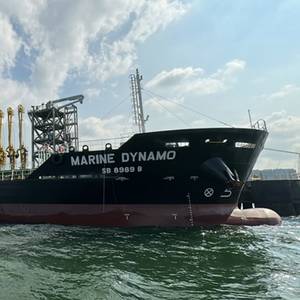
Singapore-registered tanker Marine Dynamo and a Malta-registered bulk carrier Flag Gangos have collided south of Tanah Merah in Malaysia.Both vessels are stable, following the incident that occurred in the early hours of September 1, the Maritime and Port Authority of Singapore (MPA) informed.Light oil sheens have been sighted in the vicinity of Marine Dynamo.

Eastern Shipbuilding Group received the Notice to Proceed from Washington State Ferries (WSF) to build two with an option for an additional 160-vehicle hybrid-electric ferries for the State of Washington. This milestone follows the first competitive bid for ferry construction in more than 25 years for the nation’s largest ferry system.
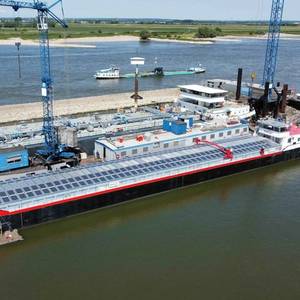
Dutch maritime solar innovator Wattlab has delivered a solar energy system for HGK Shipping’s inland shipping cargo vessel Blue Marlin. The vessel’s 192 solar panels will provide power to both the onboard and propulsion systems, making the Blue Marlin the first inland shipping vessel in the world capable of hybrid sailing with solar power.
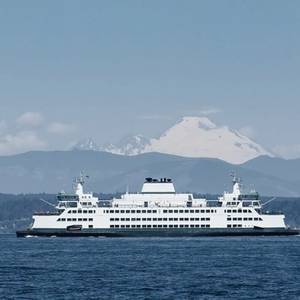
Washington Governor Bob Ferguson announced he has selected the $714.5 million bid from Florida-based Eastern Shipbuilding Group to build three new 160-vehicle hybrid-electric ferries. “We’re restoring domestic service to pre-pandemic levels years ahead of schedule, improving crew retention, and soon will bring our first hybrid-electric vessel into service,” Governor Ferguson said.

The newly launched electric ferry Nerthus has set sail, featuring Danfoss Drives’ latest iC7 series as a key part of its all-electric propulsion system.Danfoss provided essential components for the ferry’s electric drivetrain and parts of the shoreside charging infrastructure.Molslinjen, Denmark’s largest domestic ferry operator

The world's largest car carrier making its maiden voyage is generally cause for celebration. But in the case of Chinese car manufacturer BYD and its mammoth new BYD Shenzhen -- a 16,300 dwt, 9200 CEU, LNG Dual-Fuel PCTC that measures 219.9 x 37.7m with a 9.2m draft -- the ship instead represents the flooding of a market with cheap electric vehicles (EVs).
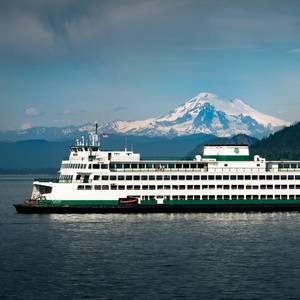
In a move to restore full domestic ferry service by summer, Governor Bob Ferguson said that Washington State Ferries (WSF) will delay the hybrid-electric conversion of two of the state’s largest ferries. The decision comes as WSF works to increase its operational fleet, ensuring that 18 vessels are in service simultaneously for the first time since 2019.
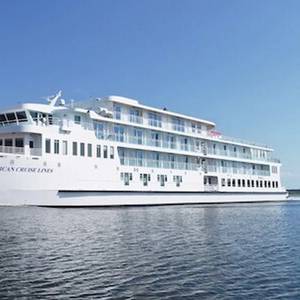
The domestic passenger vessel answers the call for cleaner and more efficient platforms. It is truly an electric time to be a part of this niche industry.In the shadow of a rapidly changing political landscape, the domestic passenger ferry sector is nevertheless seeing an increasing number of newbuild vessel orders.
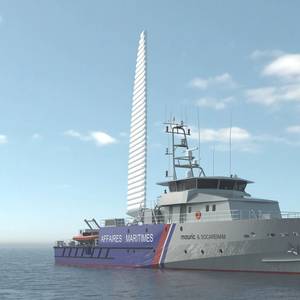
Generally, government owned vessels, particularly ones engaged in law enforcement, are seemingly last in line when it comes to fuel efficiency. Not so in France, as the Directorate General for Maritime Affairs, Fisheries and Aquaculture (DGAMPA), in late 2024 sealed the deal and commissioned the SOCARENAM-MAURIC consortium to design and build an offshore patrol vessel (OPV) which combines hybrid
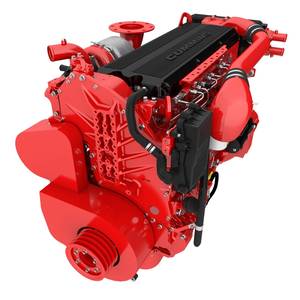
The maritime industry’s elusive quest to achieve so-called ‘zero’ emissions continues. Where it ends is not a one-size-fits-all discussion.The year-end maritime industry discussions tend to move away from global influence and back drift to national and domestic debates. As this happens